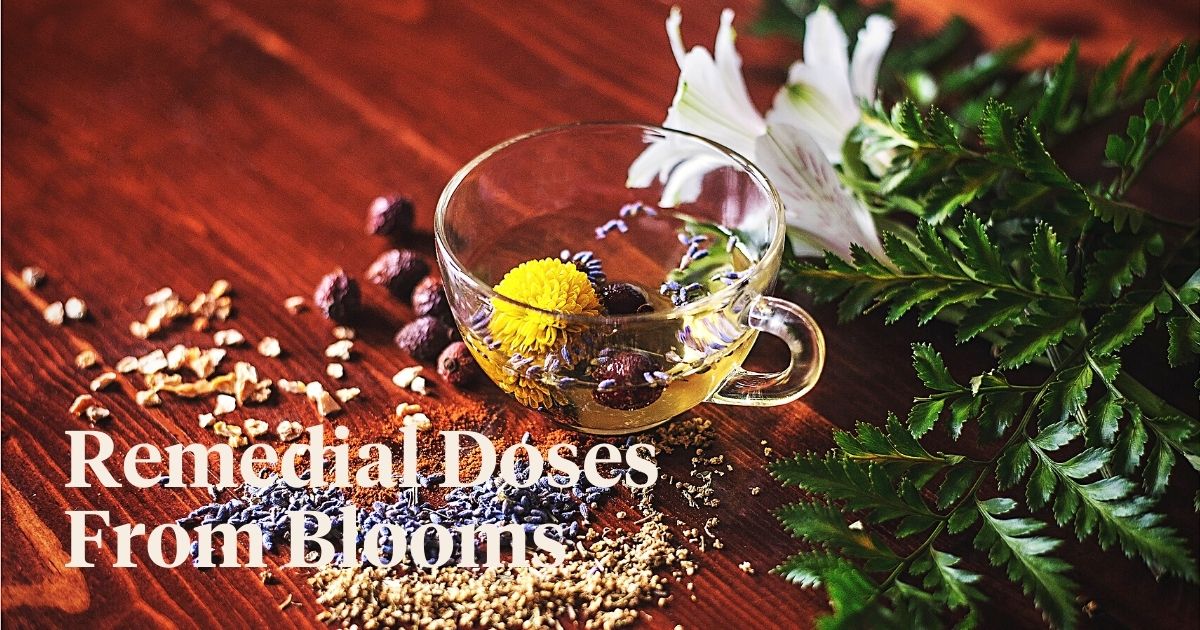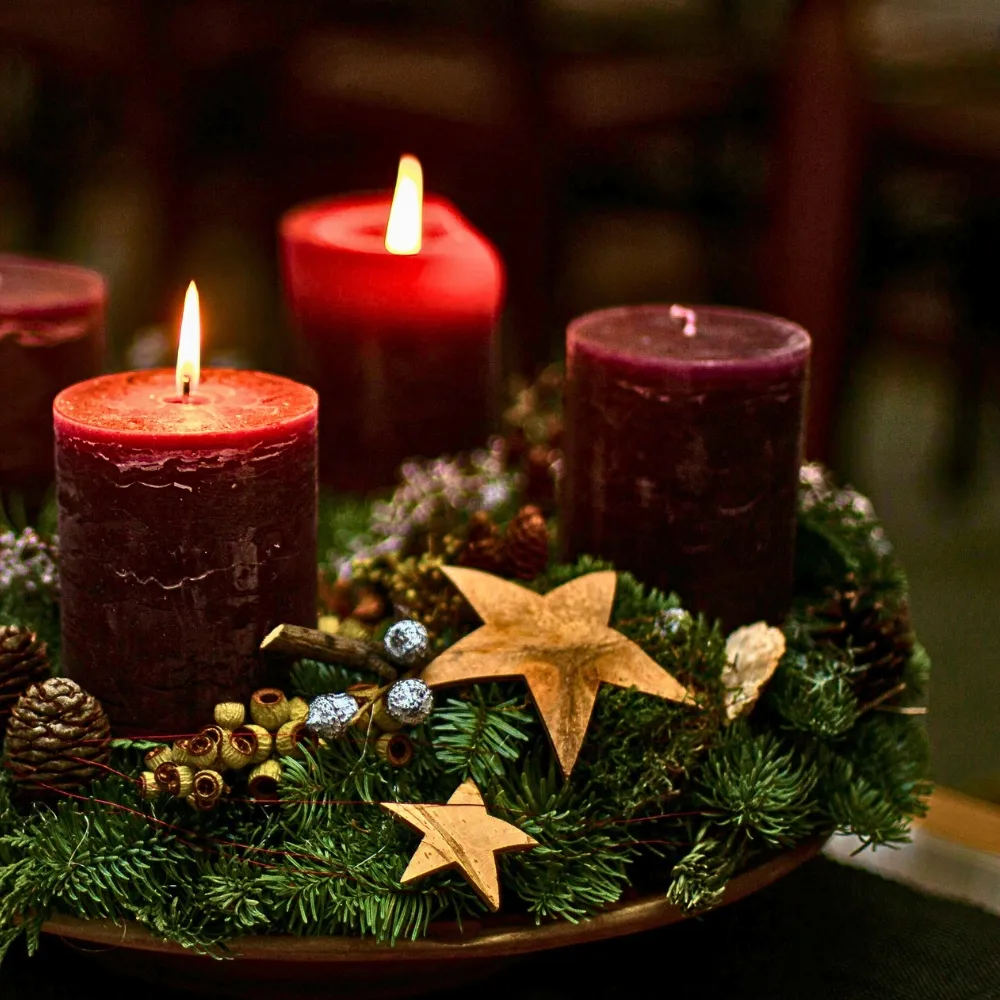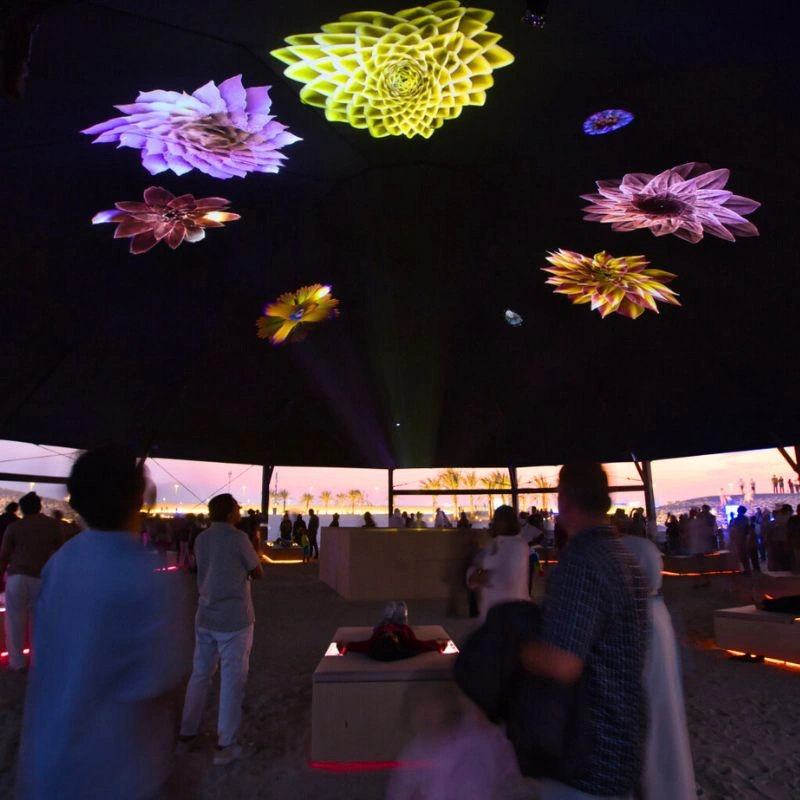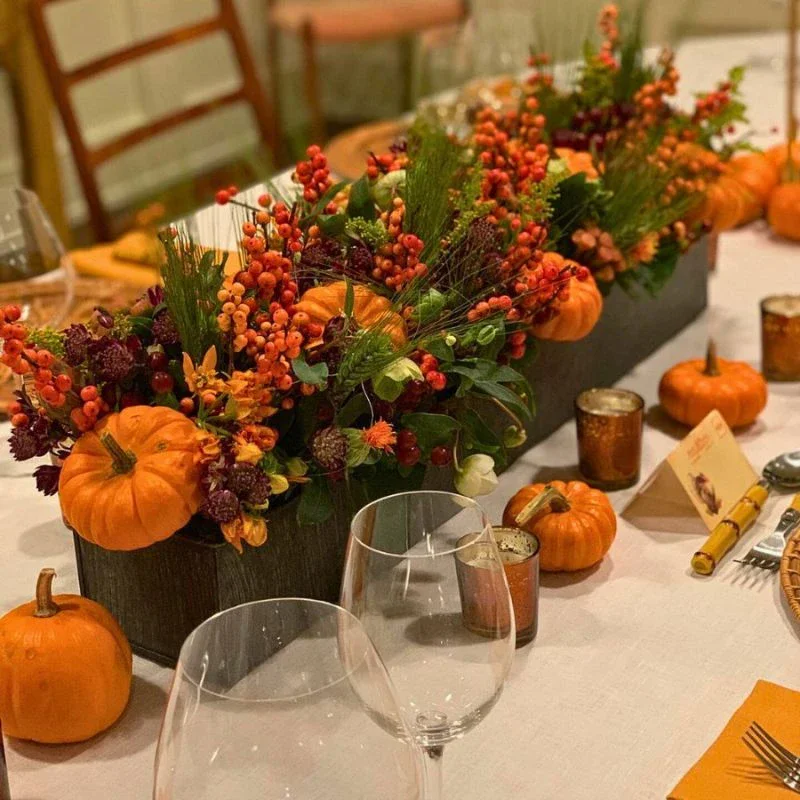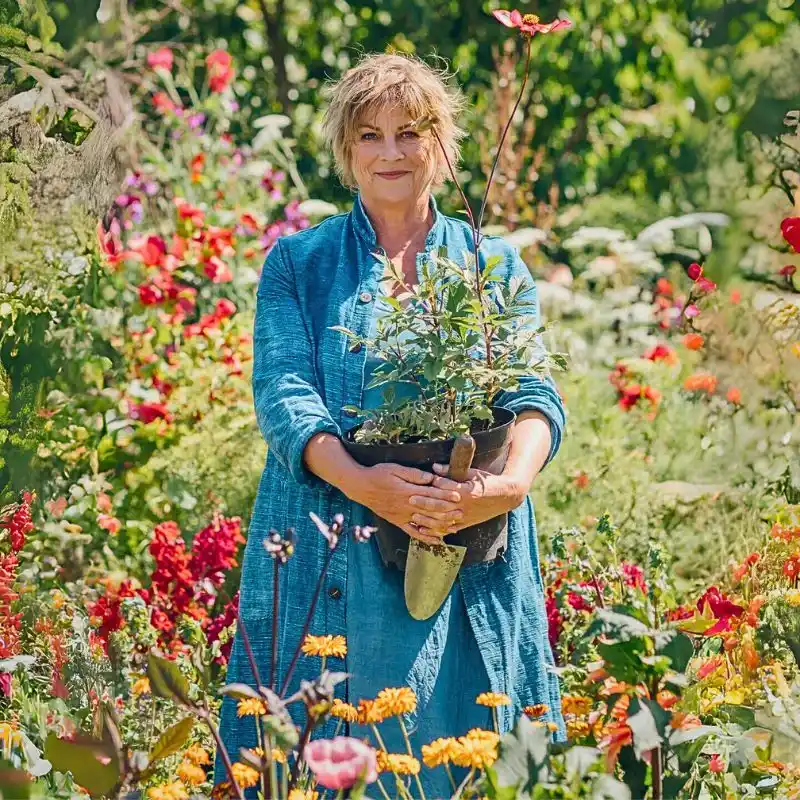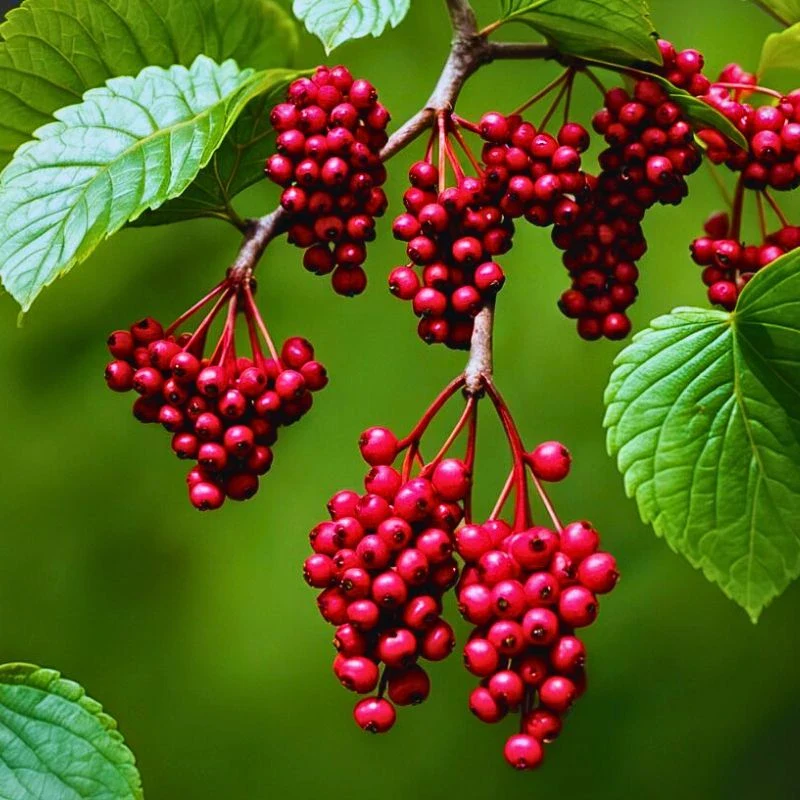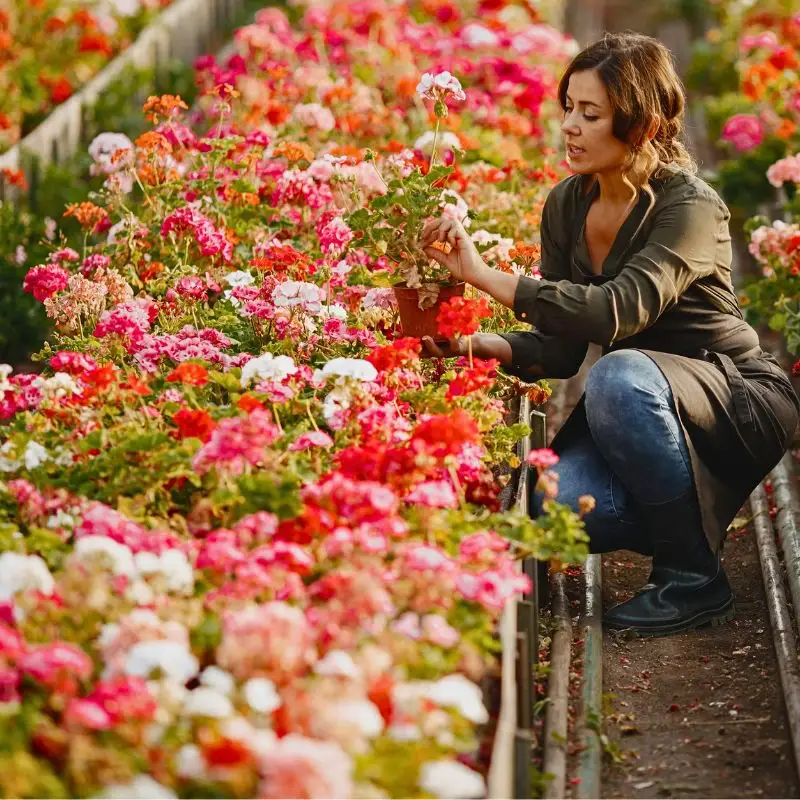Flowers have long been admired for their beauty and fragrance, but their significance goes far beyond their mere aesthetics. Across cultures and civilizations, flowers have extensively been utilized for their medicinal properties in traditional herbal medicine.
With their appealing colors and delightful attars, flowers have played a significant role in human beliefs, health, and wellness throughout history. The practice of using flowers for healing and medicinal benefits dates back centuries and continues to be relevant to this day, forming an important part of traditional herbal remedial systems around the world.
A Historical Perspective of Floral Medicine
By now, we all know that flowers have been used as healing agents for millennia, with evidence of their medicinal applications dating back to ancient civilizations such as the Egyptians, Greeks, and Chinese.
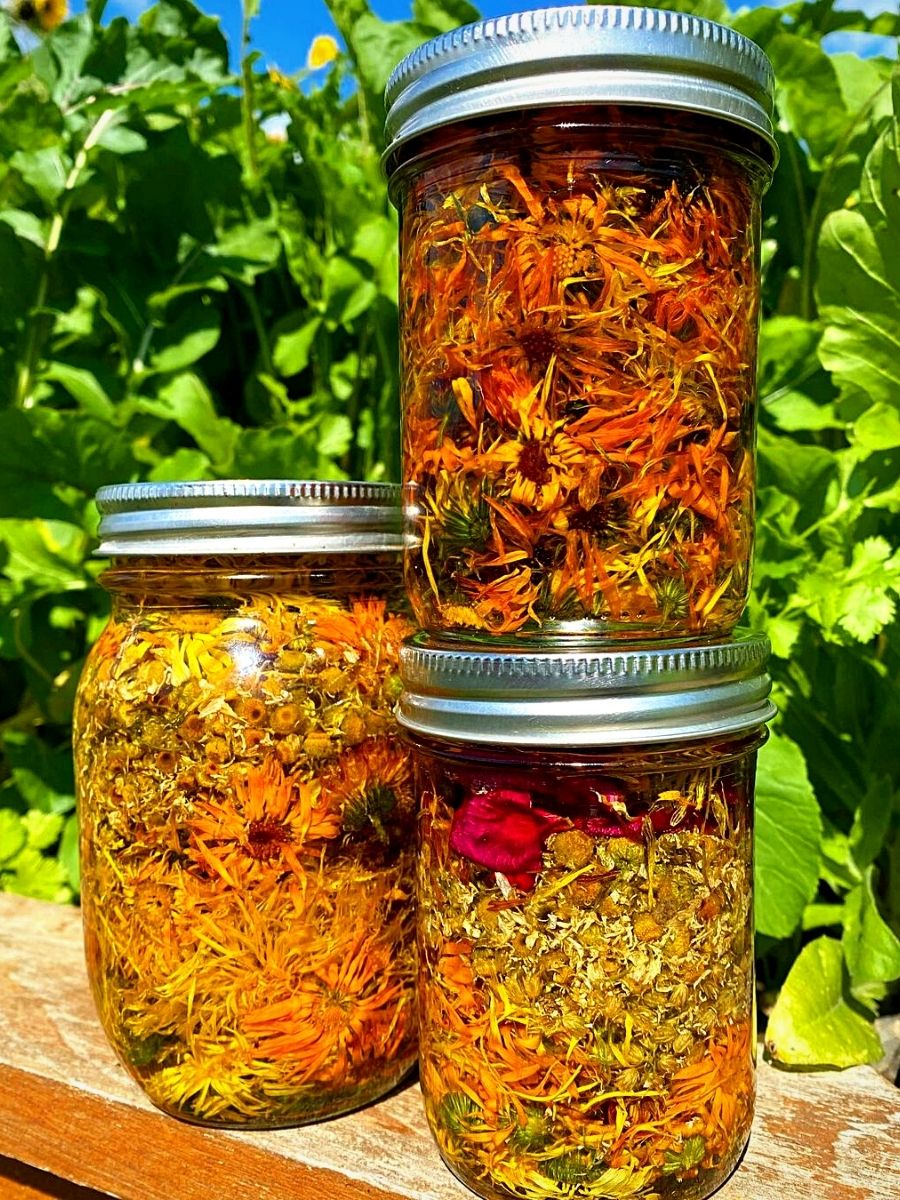
The ancient Egyptians, for instance, recorded the use of flower-based remedies in their medical papyri, highlighting the use of flowers like marigolds and lilies for their healing properties. Similarly, traditional Chinese medicine, which dates back over 2,500 years, has continued to have a deep appreciation for the therapeutic qualities of flowers like chrysanthemum and lotus.
Today, flower-based remedies carry on holding an integral part of traditional medicine systems and procedures. Such include Ayurveda, traditional Chinese medicine (TCM), and Native American healing practices. These ancient healing systems recognized the therapeutic potential of various flowers and developed wide-ranging frameworks for their use.
Ayurveda, for instance, originating in ancient India over 5,000 years ago, emphasizes the balance between mind, body, and spirit. This practice incorporates the use of various flowers in its pharmacopeia. In Ayurvedic medicine, known as ‘Vanaushadhi,’ flowers like roses, jasmine, lotus, and marigolds are just a few examples that are highly esteemed for their medicinal properties. They are used in the form of extracts, essential oils, teas, and ointments to address a wide range of ailments.
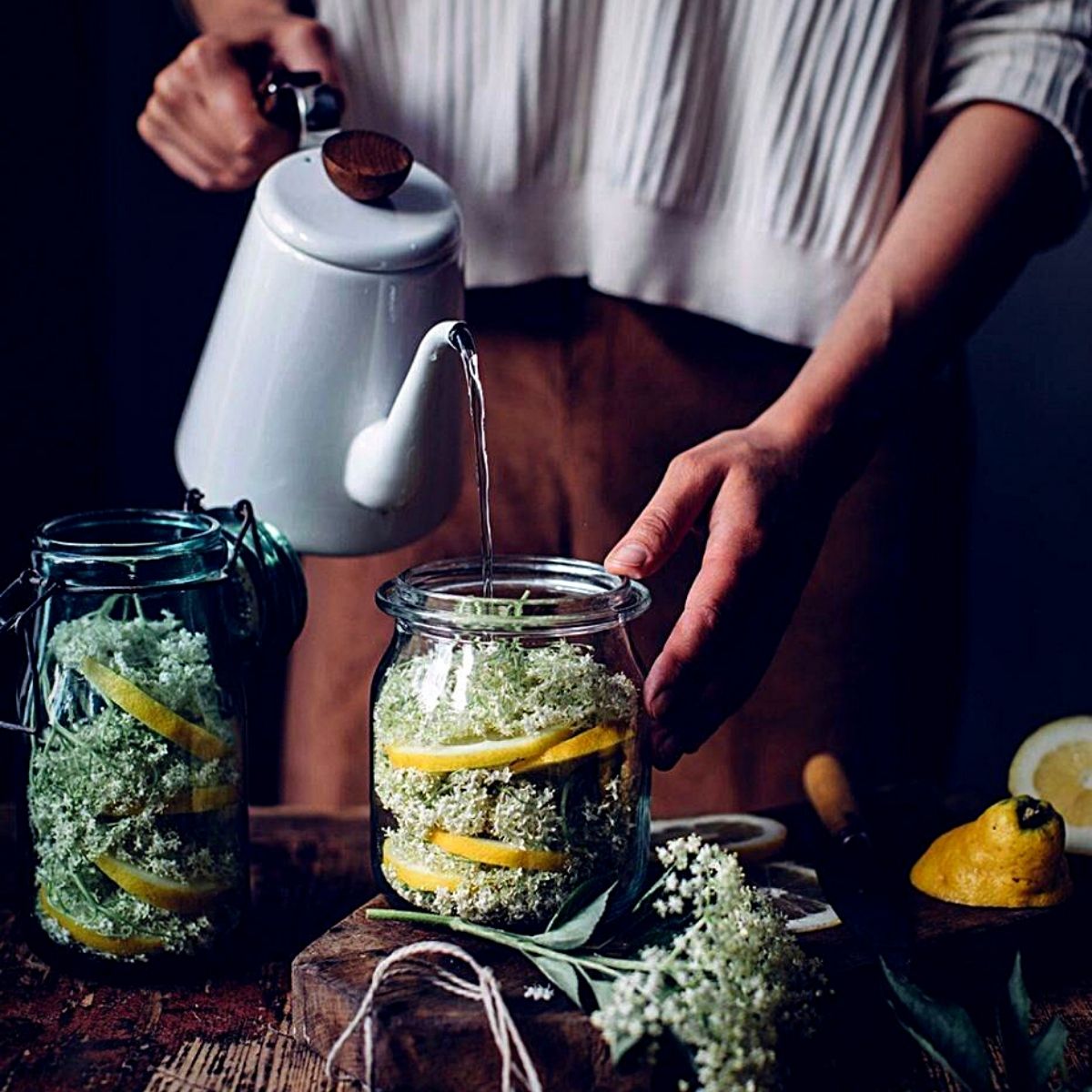
In traditional Chinese medicine, flowers were, and are still considered energetically balanced and classified according to their thermal nature, taste, and meridian affinity. Chrysanthemum, honeysuckle, and magnolia are commonly used flowers in TCM practices. They are believed to have cooling properties and are used to clear heat, reduce inflammation, and promote overall well-being.
On their part, Native American tribes have a deep connection with nature and utilize flowers in their healing practices. For instance, the Cherokee tribe uses passionflower for its sedative and anxiety-relieving properties, while the Navajo tribe employs yarrow flowers for their antiseptic and wound-healing abilities. These traditions reflect an intense respect for the healing powers of the natural world.
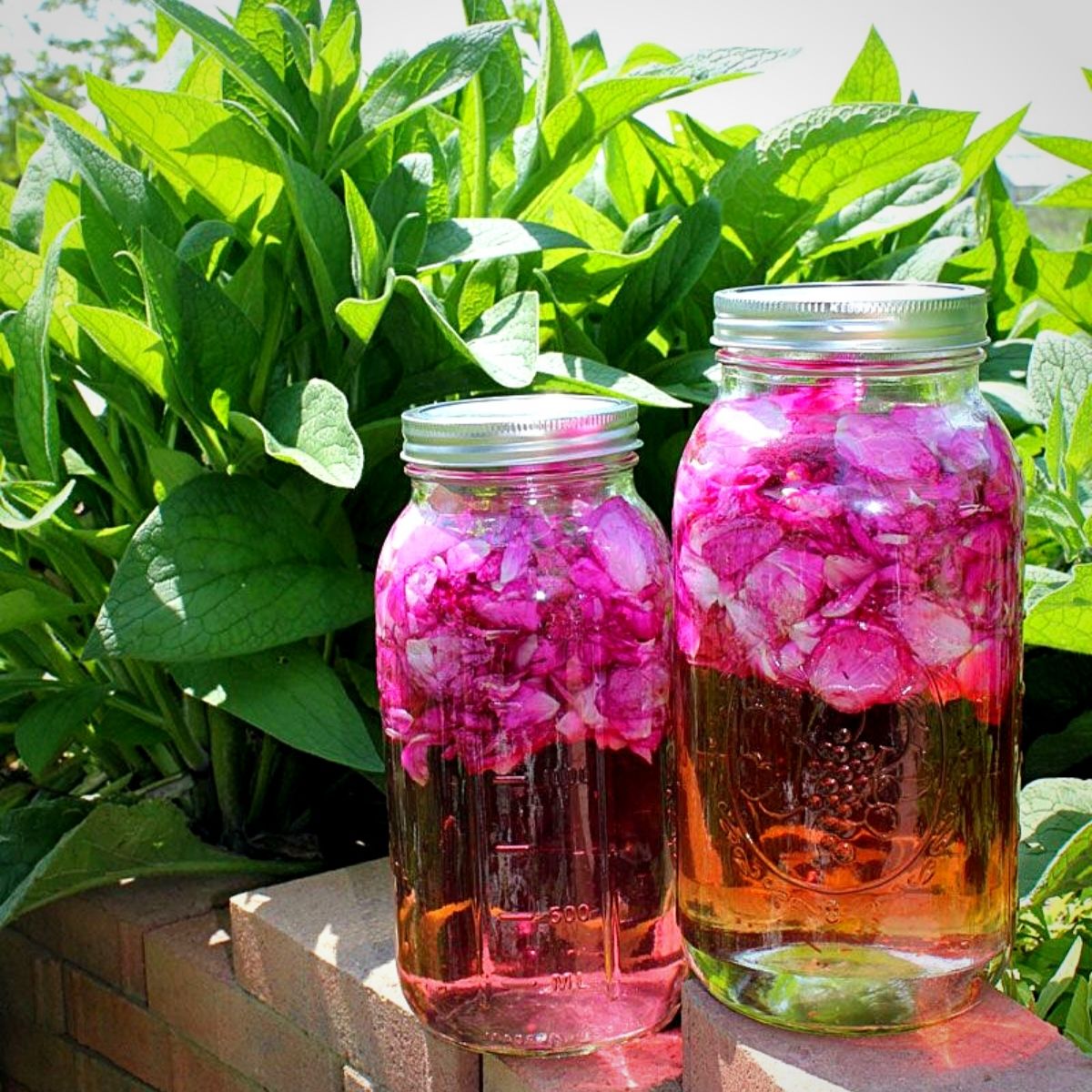
The Science Behind Floral Medicine
While traditional knowledge passed down through generations has long recognized the healing potential of flowers, modern science has just begun to unravel the mechanisms behind their efficacy.
Different flowers, according to science, contain a myriad of bioactive compounds, including flavonoids, glycosides, and terpenes, as well as essential oils, which contribute to their therapeutic effects. These compounds are contained in florae such as
Calendula
Also known as marigolds, these flowers have anti-inflammatory, antimicrobial, and wound-healing properties. The flower’s petals are used in ointments, creams, and oils to alleviate skin irritations, promote tissue repair, and soothe conditions like eczema and dermatitis.
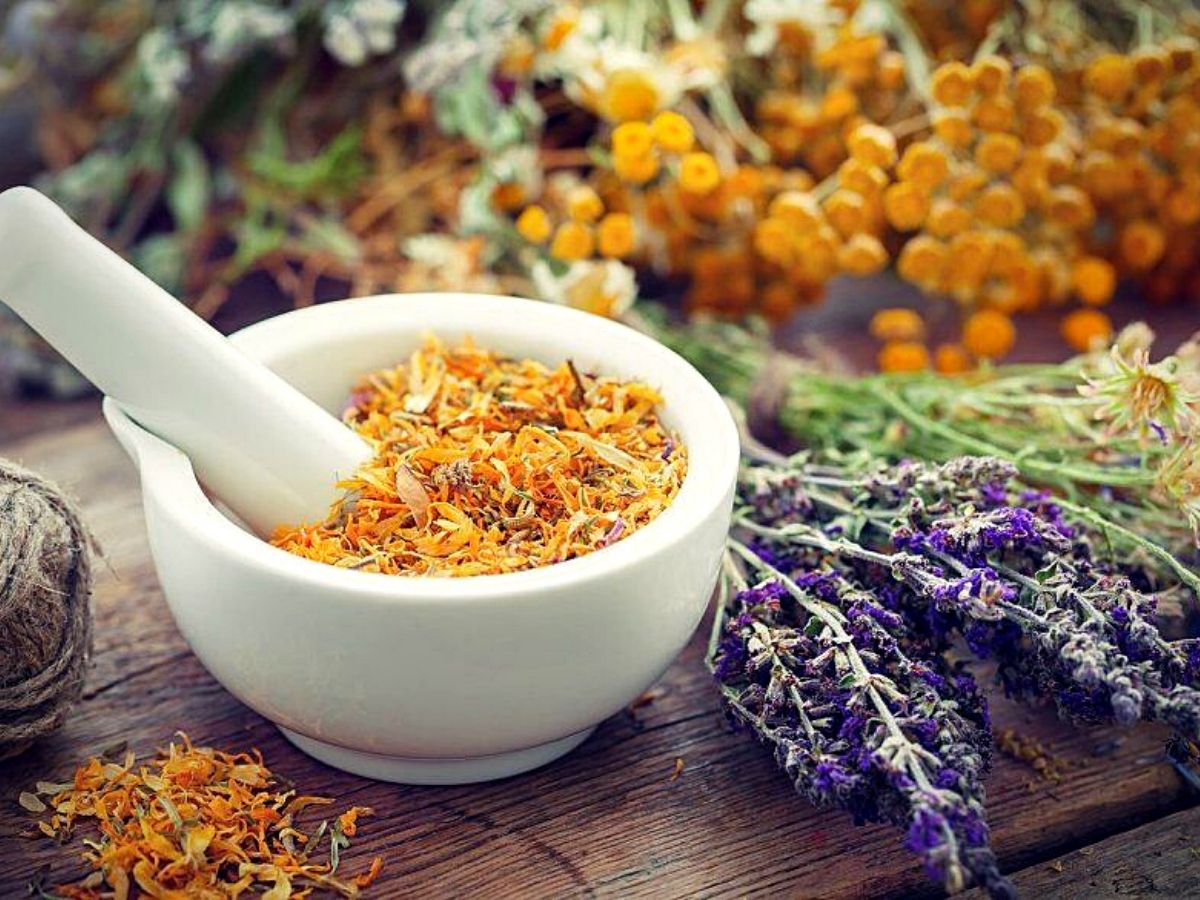
Lavender
Lavender flowers are renowned for their calming aroma. They contain essential oils that possess sedative properties, making them beneficial for reducing anxiety, improving sleep quality, and alleviating headaches. Lavender is commonly used in aromatherapy, bath products, and herbal teas.
Chamomile
These flowers have been treasured for their calming and sleep-inducing effects. They contain compounds like chamazulene and apigenin, which have anti-inflammatory and sedative properties. Chamomile tea is a popular remedy for promoting relaxation, relieving digestive discomfort, and soothing skin conditions.
Elderflower
This flower has long been used as a natural remedy for colds, flu, and respiratory ailments. It contains flavonoids and antioxidants that enhance immune function and reduce inflammation. Elderflower extracts and teas are often consumed to support the body's defenses during times of illness.
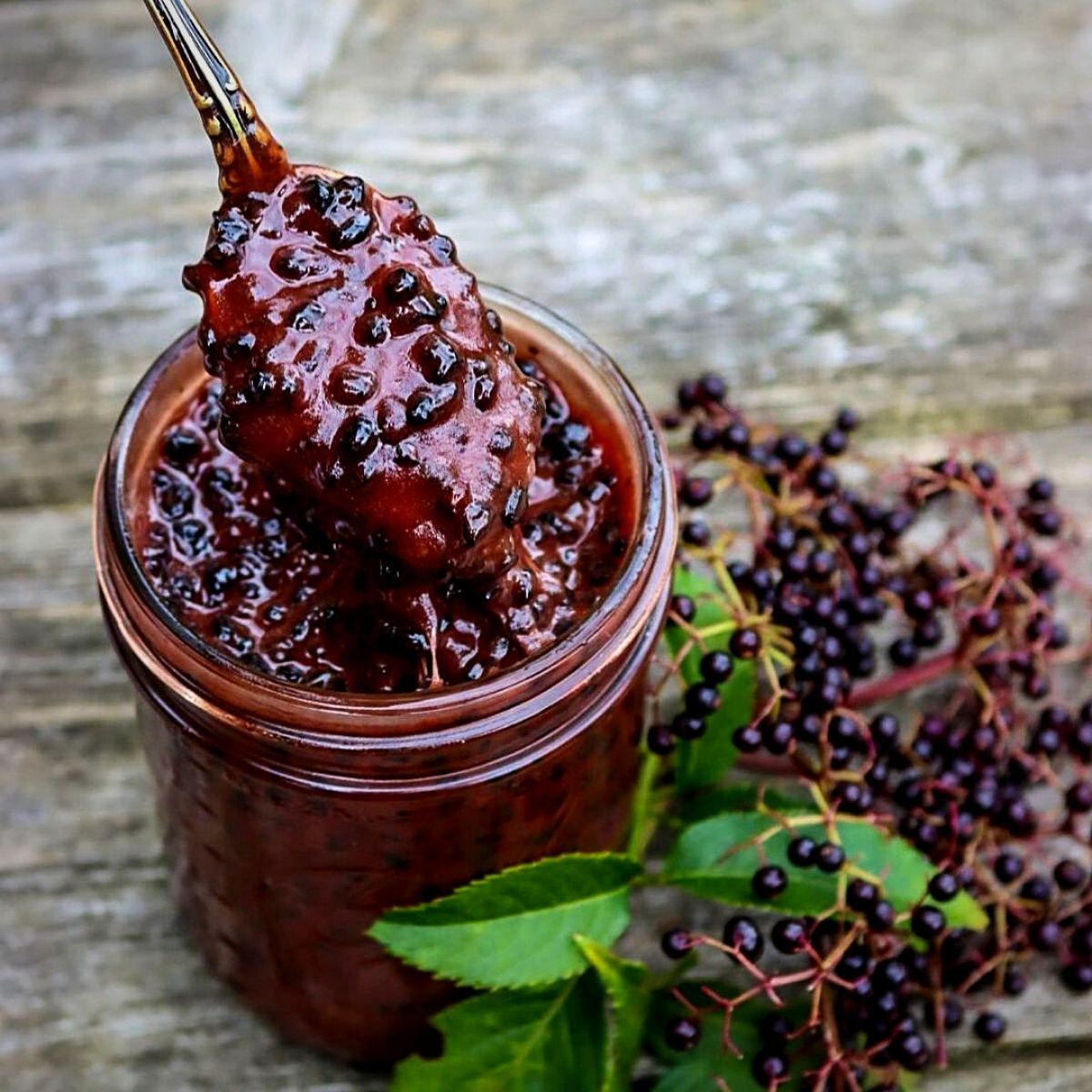
Photo by @practicalselfrelance on Instagram
Medicinal and Therapeutic Properties of Flowers
Flowers are known to have specific qualities that make them therapeutic and medicinal. These properties are the basis of the flowers' therapeutic characteristics. These include
Anti-Inflammatory Properties
One of the key attributes of many flowers used in traditional medicine is their anti-inflammatory properties. Chamomile, derived from the daisy-like flower of the Asteraceae family, contains bisabolol and chamazulene, which have potent anti-inflammatory effects. Chamomile tea, for instance, is widely consumed for its numerous health and well-being benefits.
Stress Reduction and Mental Wellbeing
Flowers have also been shown to have a deep impact on mental health. The scent of lavender flowers, for instance, has been linked to reduced anxiety and improved sleep quality. Flowers have also been shown to have a deep impact on mental health. The scent of lavender flowers, for instance, has been linked to reduced anxiety and improved sleep quality. Similarly, platforms like Veriheal help individuals access medical marijuana, which has shown promise in managing anxiety and improving mental well-being. Studies have also established that inhaling the aroma of lavender can modulate brainwave patterns, leading to a state of relaxation.
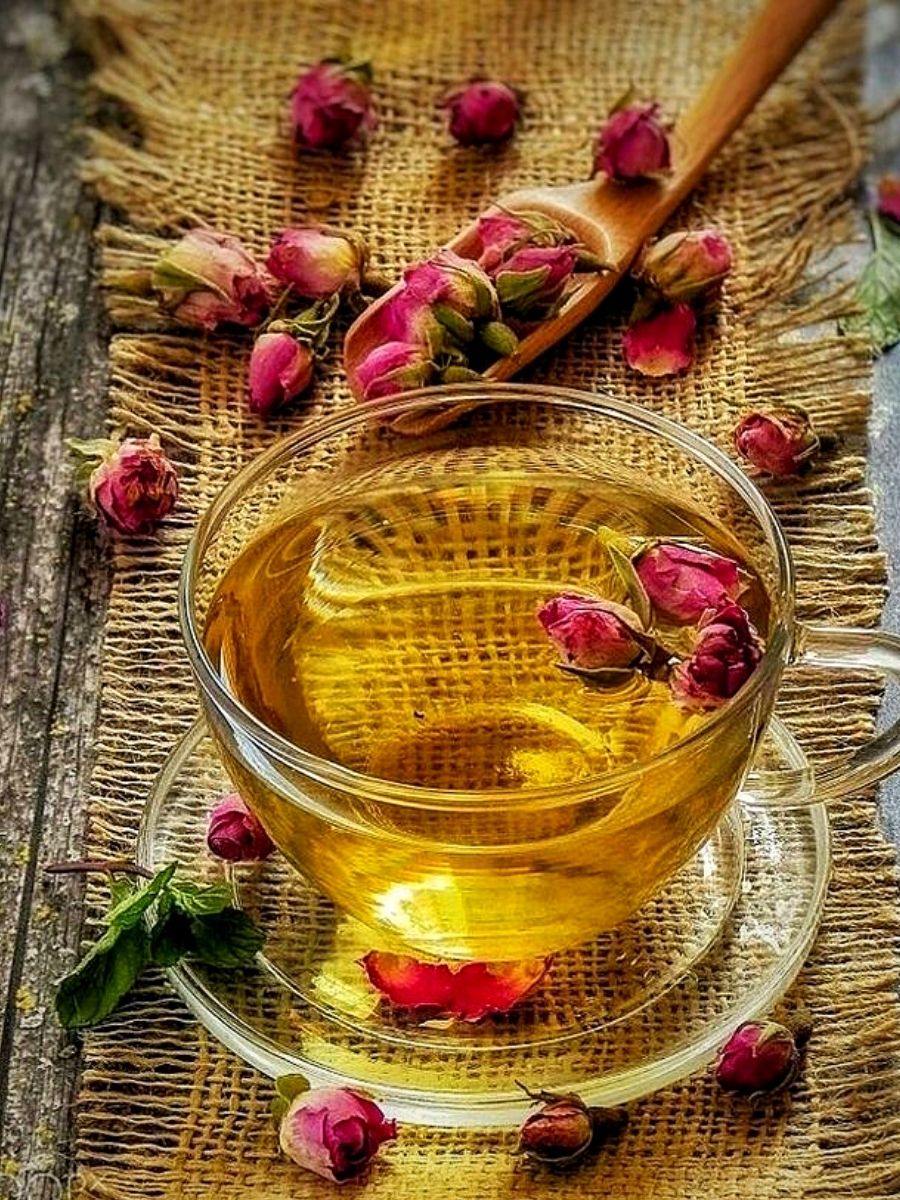
Cardiovascular Health
Hawthorn flowers and berries have been utilized for centuries in traditional herbal medicine to support cardiovascular health. Recent scientific research has identified the presence of flavonoids in hawthorn, which have vasodilatory effects and can help regulate blood pressure.
Skin Care and Beauty
Flowers are often integrated into skincare products due to their nourishing and rejuvenating properties. Rose petals, for instance, are rich in antioxidants that combat free radicals and help maintain youthful skin. Many natural beauty products harness the power of flowers to provide gentle, yet effective, skincare solutions.
Contemporary Applications of Floral Medicine
In today's world, traditional wisdom meets modern healthcare as the benefits of floral medicine gain recognition in mainstream wellness practices. Integrative medicine and aromatherapy, for example, have embraced the therapeutic potential of flowers.
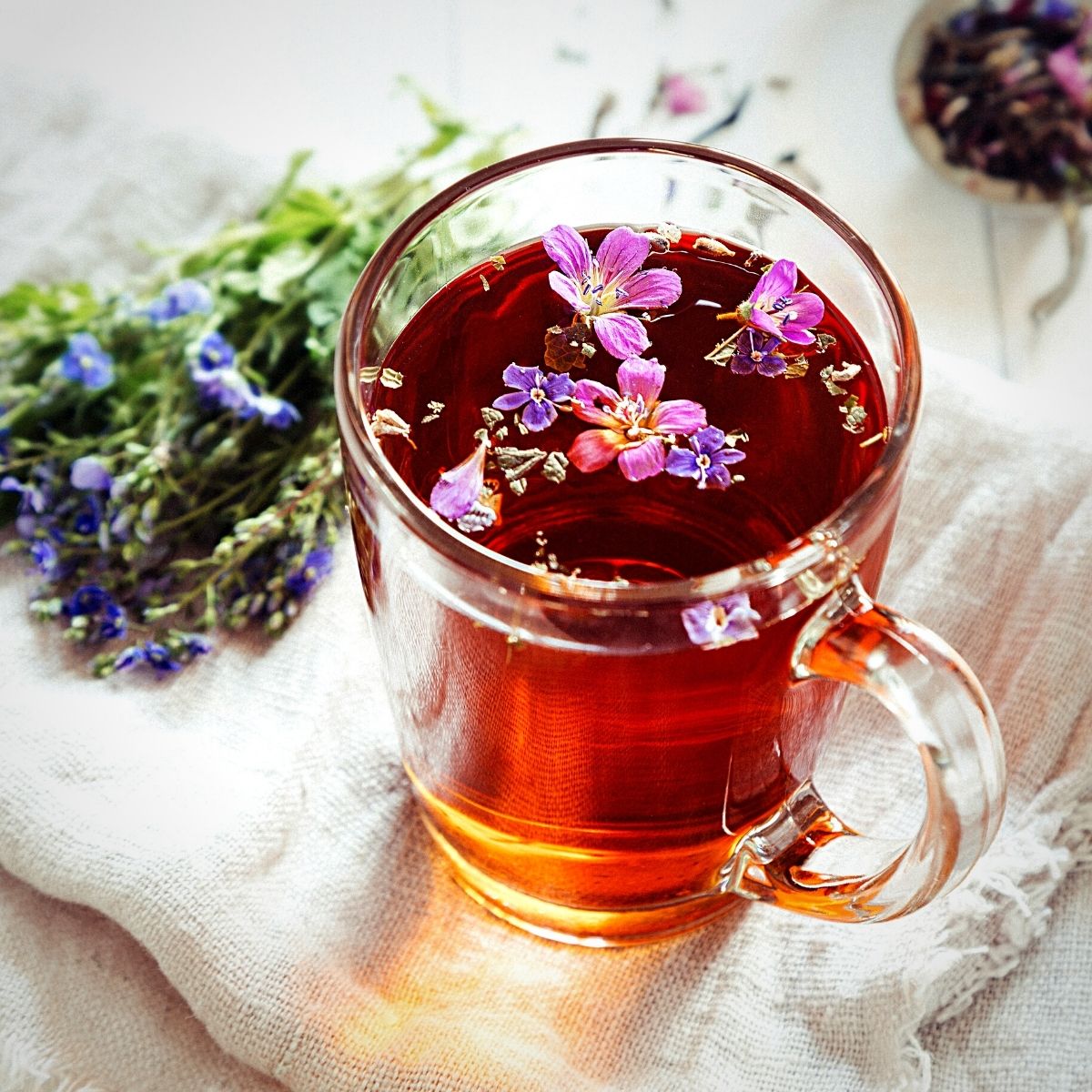
Aromatherapy, which involves the use of essential oils extracted from flowers and plants, has gained widespread popularity. Essential oils like lavender rose, and eucalyptus are used in diffusers, massage oils, and bath products to promote relaxation, alleviate stress, and address various health concerns.
Flower-based herbal teas and tinctures are now readily available in health food stores and online markets. These products offer convenient ways to enjoy the healing properties of flowers like hibiscus, chamomile, and elderflower. They are often used to soothe digestive issues, support immune function, and improve sleep.
Flower essences, derived from the infusion of flowers in water and preserved with alcohol, are used to address emotional and psychological imbalances. The Bach flower remedies, developed by Dr. Edward Bach, an English homeopath, in the 1930s are a well-known example. These are solutions of brandy and water containing extreme dilutions of flower material. Dr. Bach believed that the dew on flower petals had healing properties.
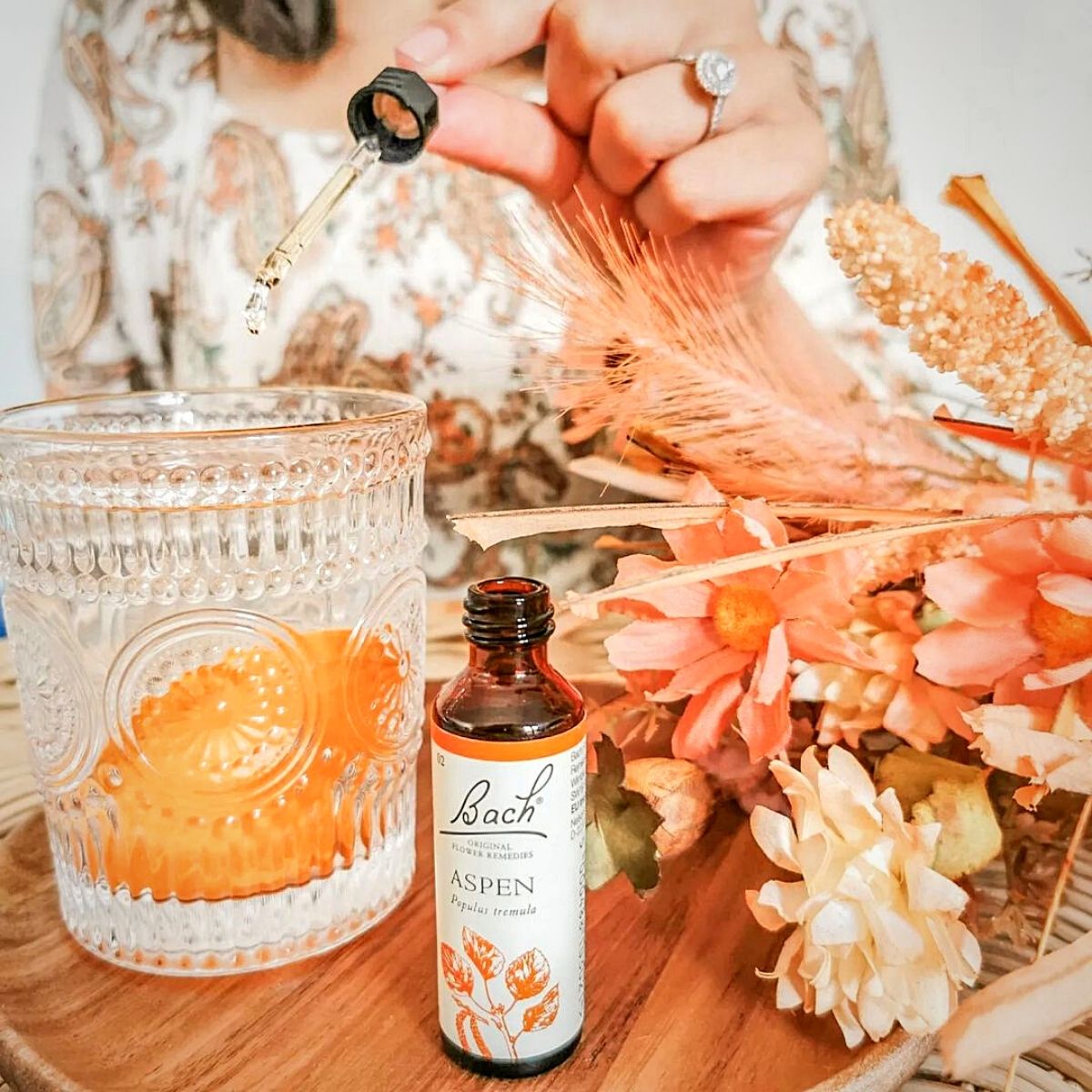
Photo by @raisingimmyandisla on Instagram
Currently, there are roughly 38 Bach flower remedies, each corresponding to a different emotional state, including gloom, despair, guilt, fear, or indecision. Each flower essence is believed to correspond to specific emotional states, such as the rescue remedy for stress relief.
Modern Research and Future Potential of Floral Medicine
As traditional practices gain recognition, scientific research has begun to explore the therapeutic properties of flowers used in herbal medicine. Studies have continued to confirm the presence of bioactive compounds in flowers, validating their traditional use.
However, more research is needed to fully understand the mechanisms of action and potential interactions with modern medications. Harnessing the ancient wisdom of flower-based remedies, modern herbalists and researchers are increasingly exploring innovative applications.
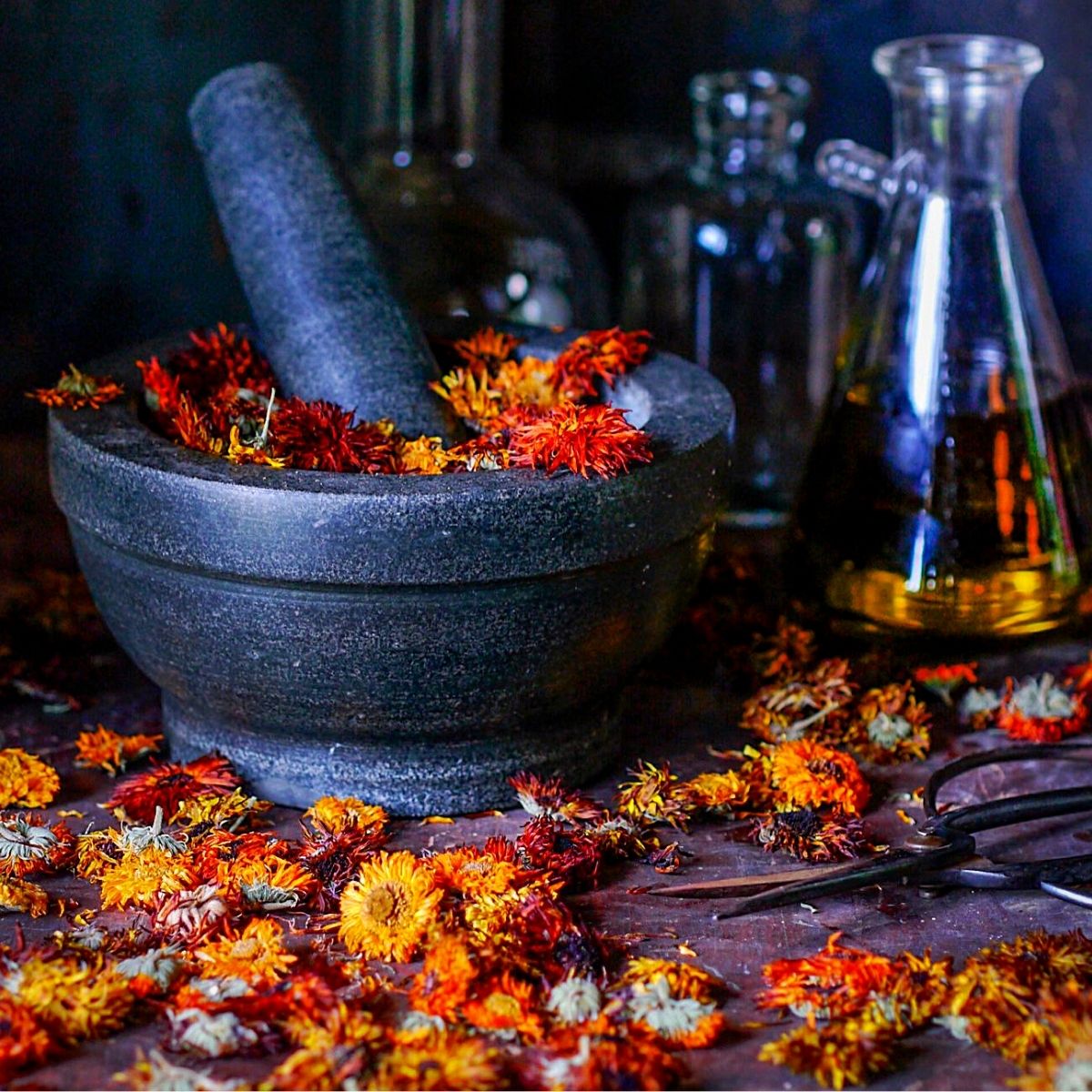
Even so, from developing standardized herbal extracts to formulating natural skincare products, the future holds promising opportunities for integrating traditional flower medicine into modern healthcare practices.
Sustainability and Ethical Considerations
As the popularity of floral medicine grows, it is essential to consider sustainability and ethical sourcing practices. Over-harvesting of certain flowers can lead to ecological imbalances and threaten biodiversity.
Accordingly, ethical and sustainable harvesting methods, as well as the cultivation of medicinal flowers, are crucial steps to ensure the long-term availability of these valuable resources.
Be that as it may, by making use of the ancient wisdom of flower-based remedies, we can tap into nature's apothecary properties and explore the remarkable potential of flowers in promoting modern health.
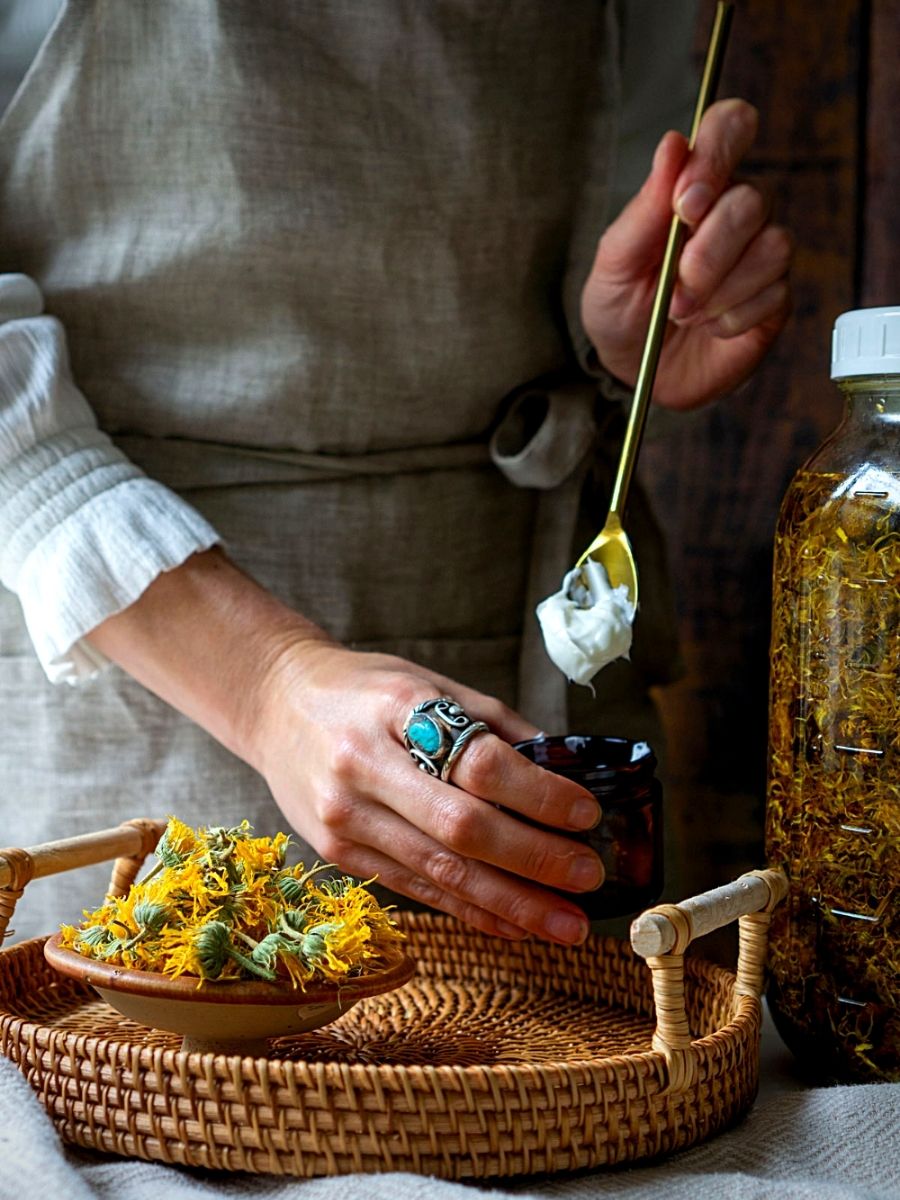
However, one should always make an effort to refer to a qualified healthcare professional or an herbalist before using flower-based remedies in their healthcare routine.
Feature image by Herbal Academy, header image by Lisa Hobbs on Unsplash

